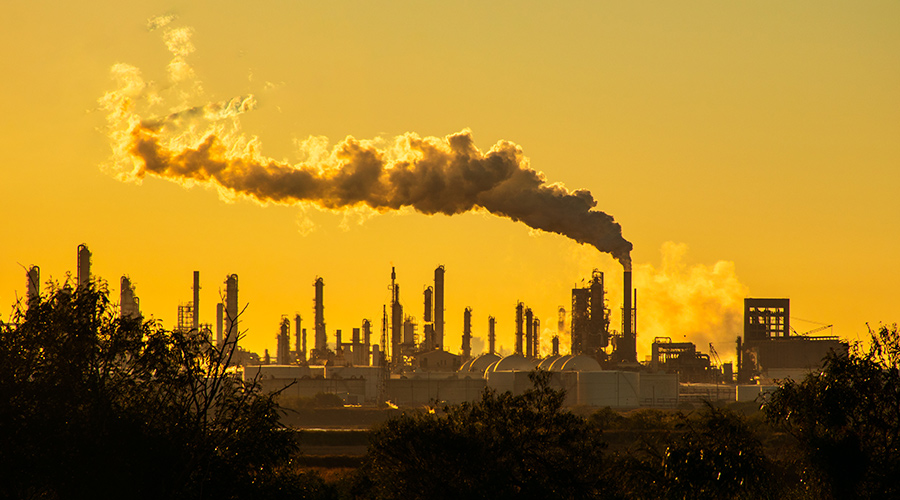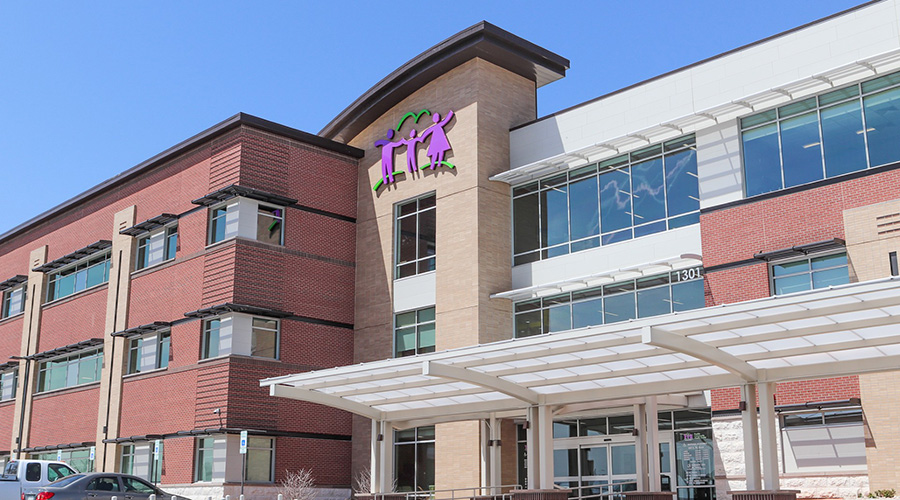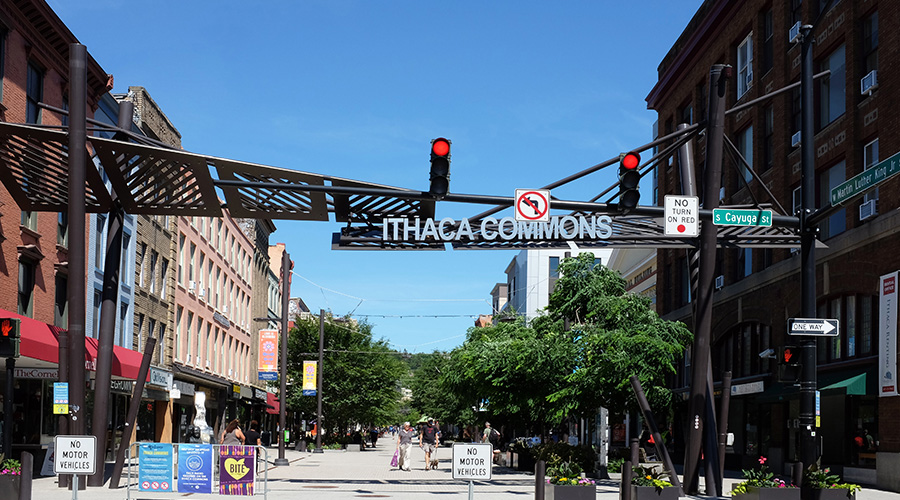Plumbing challenge: Slowing the flow
As facilities face growing water-use concerns, manufacturers offer advice on technology options
Plumbing challenge: Slowing the flow
Water shortages are expanding, the cost of water is rising, and an assortment of additional environmental issues is forcing many organizations to revisit the impact of facilities on the environment.
These growing concerns are the basis for renewed attention by the plumbing industry to water efficiency, as well as the driving force behind new and enhanced plumbing technologies.
These concerns also have prompted maintenance and engineering managers in many institutional and commercial facilities to seek answers to their water-conservation and green questions, and manufacturers are responding with new and updated offerings.
Inquiries from end users have “gone from passive inquiries to in-depth questions about long-term water savings,” says Jim Allen, water conservation manager with Sloan Valve Co.
Setting users straight
For many manufacturers of low-flow flush valves and faucets, waterless urinals, and related products, these discussions of water use have enabled them to educate end users and provide accurate information on myths or misconceptions. Some end-user questions have to do with product performance.
“I believe the misconceptions may be based on actual experiences with early technology, which did not provide the best user experience,” says Jerry McDermott, vice president of marketing and development with Technical Concepts. “Technology has advanced to the point where we can reduce the usage of water without reducing the efficacy of the products.
“As an example, early automatic faucets used infrared sensors, which did not always respond to the user, or they would respond very slowly. This caused and still causes a great deal of user frustration. Most manufacturers are using better infrared sensors today.”
Some end users also have misconceptions about fixture upgrades aimed at saving water.
“People think by changing the guts of a flush valve on a 4.5 gpm (gallons per minute) unit to make it a 1.6 gpm unit, it will work to conserve water without changing the fixture,” says Martin Laverty, vice president of engineering with Coyne & Delaney Co. “But then they flush it, and the waste stays.” Simply changing the inner workings doesn’t always properly take into account the design of the fixture, he says.
Then manufacturers address the misconceptions about the severity of water shortages.
“Most people understand the need to automate, but they don’t understand the magnitude of the (water shortage) problem,” McDermott says.
Regions and markets
These issues have become especially challenging in water-conscious regions of the country, including California and Georgia.
“The duration of the drought has been the biggest challenge in finding and investing in solutions,” says Randy Goble, marketing director with Falcon Waterfree Technologies. “They just don’t know how long the drought will last.”
Whatever the region of the country, managers in all types of facilities face pressure to curtail water use generally in the form of restrictions on use or in higher utility costs.
“The education market has been our biggest customer” for both new-construction and retrofit projects,” Goble says. “They have lots of properties with standard procedures.”
Allen concurs.
“Schools and other institutions seem to be a little ahead of the curve about system efficiency,” he says. “They are also leaders in the green building movement, so it follows they would have an increased awareness and sensitivity to environmental issues.”
McDermott says casinos and airports were some of the earliest adopters of water-saving plumbing products because of the high-traffic nature of their operations.
“Education has been a little slower to go to automatic faucets and flush valves,” he says. “Faucets took off in the school market once news got out that you could save money. It’s easily less than a three-year payback.”
Product technology
End users’ interests often turn to new products designed to both improve the hygiene and image of restrooms, as well as help curtail water use, but upgrades of existing systems remain a high priority.
“There is a tremendous amount of attention on retrofit technology,” Allen says “People get excited when they learn that they can upgrade their existing facility with things like dual-flush valves quickly and affordably. The focus is on return on investment, and retrofit products provide a nice return while providing increased customer satisfaction.”
The focus remains largely on cutting water use, though.
“The goal with any water-efficiency strategy is to reduce consumption but never sacrifice performance,” Allen says. “The next generation of product currently under development will provide greater water efficiency with even better performance.”
Goble says end users’ interest in waterless urinals is growing and notes the urinals have green benefit beyond water savings. They also can help reduce overall greenhouse gases by reducing the amount of energy needed to transport water into, through and out of buildings, he says.
Customer expectations of plumbing products are evolving, and McDermott describes the evolution of manufacturers’ approach this way: “Customers tend to understand the water conservation benefits of automatic faucets. They now want faucet designs that match their restroom decor. Infrared faucets limit design flexibility.
“First, we focused on functionality. Now, it’s time to make them look great.”
He says the next generation of his company’s products will feature greater use of thermostatic mixing valves to ensure more reliable temperature, in the range of 3-5 percent variation, as well as next-generation sensing technology he describes as capacitive.
“We’re going to capacitive sensing, as opposed to infrared sensing,” he says, explaining that on products with capacitive sensing, “wherever you put your hand, it activates.” The goal is to eliminate common user complaints about sensors on flush valves that don’t activate.
Managers also can expect fixtures that incorporate photovoltaic technology.
“Our newest product runs off available light in the restroom,” says Arnie Wilke, senior product applications manager with Bradley Corp., adding they will use photovoltaic sensors to gather and store power to operate the flush valve without the need for batteries.
On the horizon
Not surprisingly, the area of water conservation is abuzz with possible changes in regulations, product standards, and technology advances.
“I think people should watch the regulation of things like graywater, rainwater harvesting, and water reuse,” Allen says, also citing “purple pipe” applications that reuse water for irrigation. “I know the market is eager to utilize these types of technologies, and the regulatory folks are frantically working on codes and standards for their use.”
On the government mandate side of the issue, Laverty points to Western states, where the challenge is greatest.
“California has a program in the works to require 0.5 gpf (gallons per flush) for water closets and 0.2 gpf for urinals,” he says. “Now we have to design fixtures that can operate with that amount of water.”
Wilke says some end users are taking their efforts beyond code requirements, citing showers as an example. The
National Energy Policy Act mandates 2.5 gallons of water per minute (gpm) for showers.
“We’ve had more requests for 1.5 gpm units,” he says. “There’s no mandate I know of. People are just looking for ways to conserve water.”
In the search for the latest and greatest solutions to facilities’ water woes, Allen advises managers to be careful: “As the trend towards further water reduction in things such as plumbing fixtures continues, I’d always caution folks to do their home work and find products that have a track record of success.”
Related Topics:











